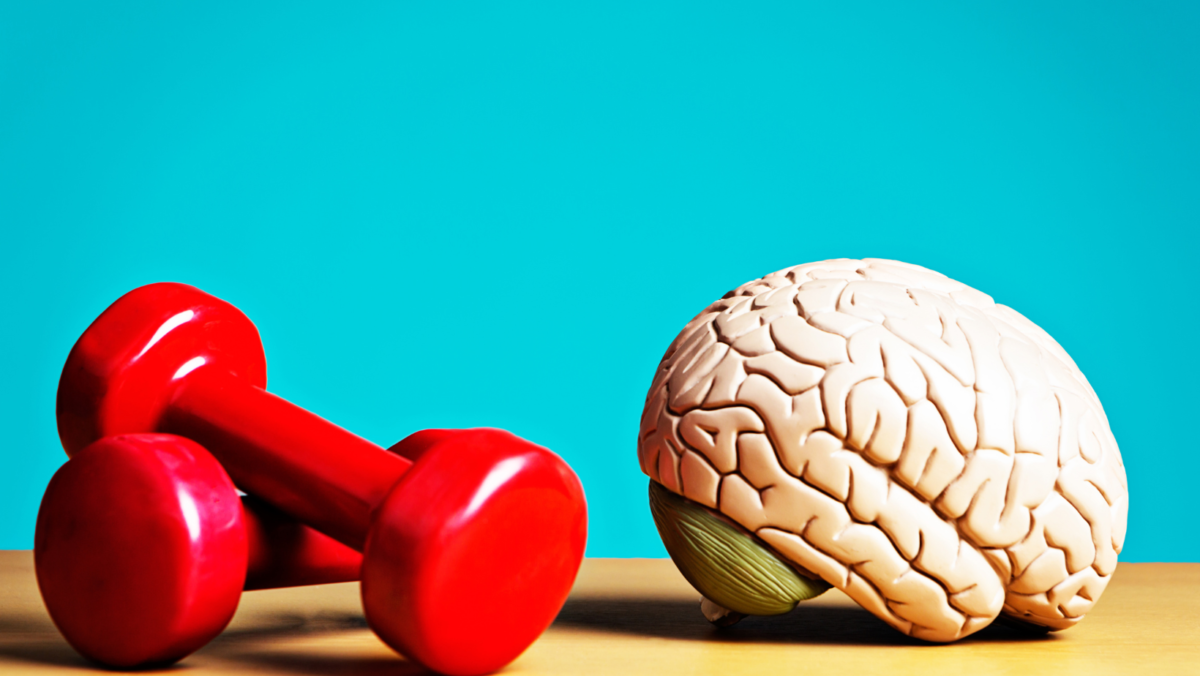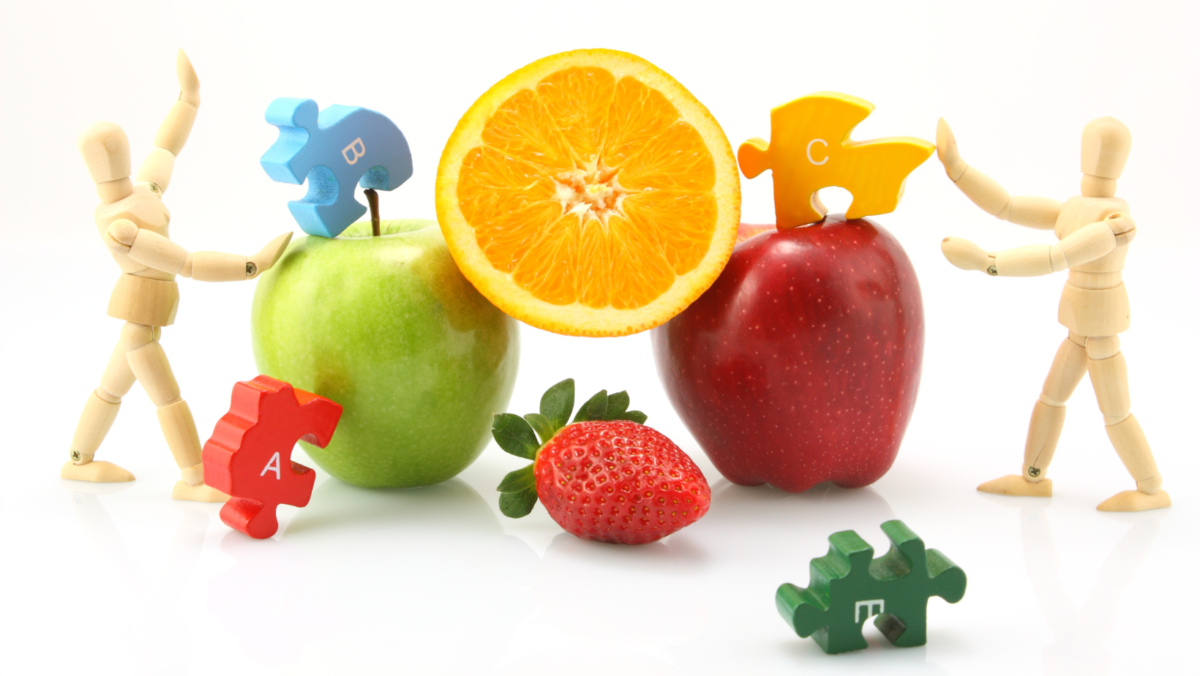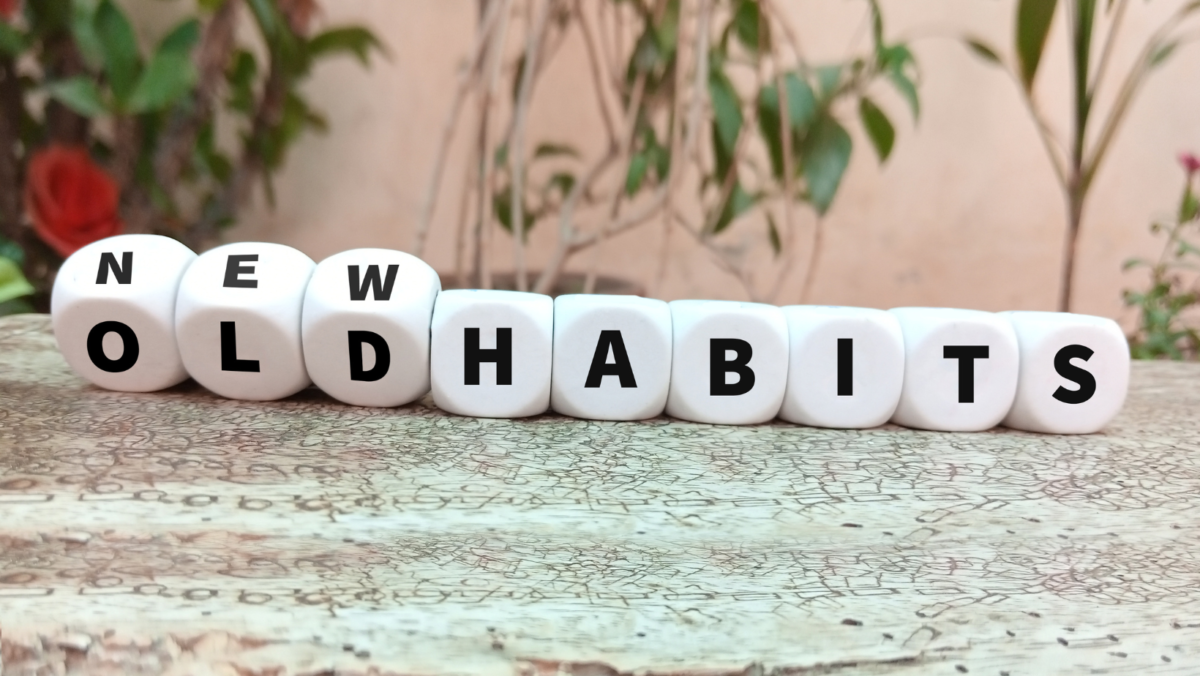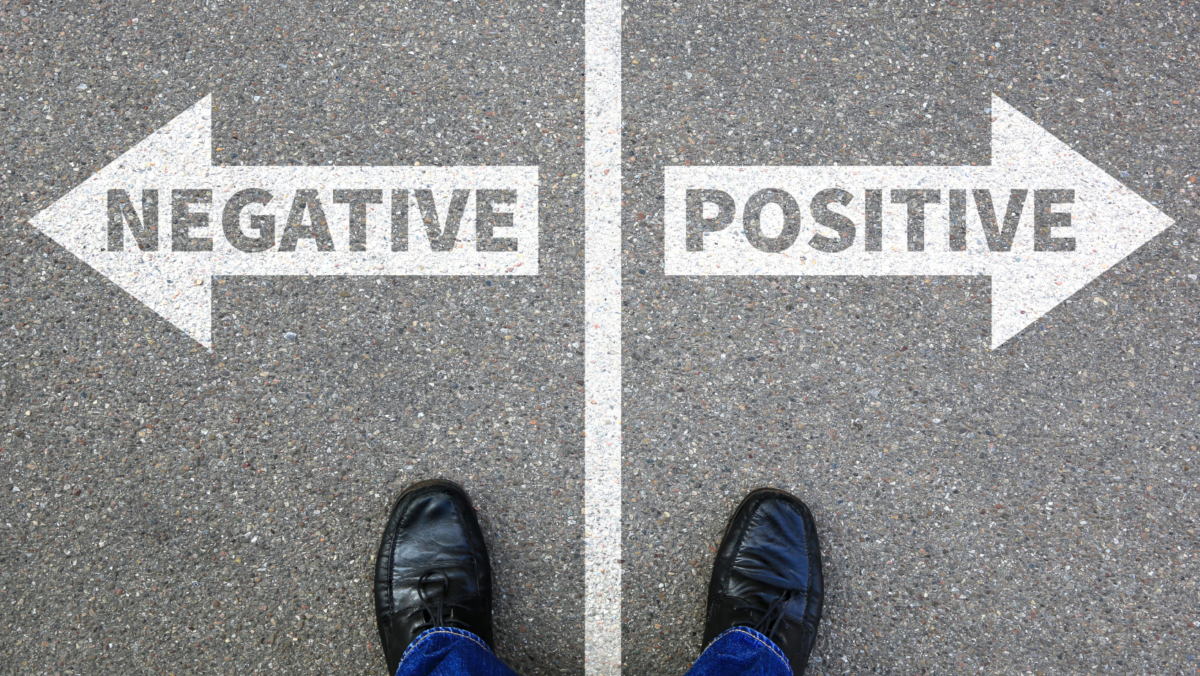Updated July 31st 2023
Louis Armstong sang “When your smiling, the whole world smiles with you”.
I know a lot of people who are feeling very, very stressed right now. Whether it be from pressure at work, home or just that start-of-the-year feeling, and the expectations that come with this time of year, or a culmination of all of these things.
No matter the source of your stress, remember that you are not alone in experiencing these feelings. I vividly recall a recently challenging day I had in Belgium which took place shortly after the devastating Paris Attacks. Despite my father’s pleas to stay, I found myself going anyway, lugging two massive suitcases for the third time in as many weeks. Exhausted and burdened by my father’s concerns, I realised that I was yet again myself working tirelessly on what was meant to be a day off. Passing most responsibilities to my team, I had anticipated being able to take the time off. To add to the strain, I received a distressing call from a client, marking a significant turning point in a longstanding relationship – and not for the better.
I believe a series of events similar to this served as the catalyst for my recent venture into writing a book centered around the themes of ‘happiness, contentedness, stress management, and choice’. Throughout the process of writing this book, I delved into extensive research, seeking to understand the effects that maintaining a positive outlook, embracing gratitude, and choosing to smile can have on improving our well-being. It became evident that these simple actions have the power to transform our lives through changing our general outlook from negative to positive.
Many years ago, a feedback loop between the expression of and experience of emotions was suggested by the likes of Charles Darwin and by Dr. William James. There is now an accumulation of evidence illustrating how facial-muscular action can affect our mood and perception. For example, Michael Lewis, a psychologist at Cardiff University found “Facial muscles do not just express emotions but they are also involved in the experience or feeling of emotions: Smiling while reading a cartoon, for example, increases amusement.
Another study by Lewis & Bowler (2009) involved people who had undergone Botox injections and thus paralysed their ‘Frown’ muscles. They found that when people couldn’t make negative facial expressions, they found it harder to sustain negative moods. The absence of negative feedback from a person’s face muscles results in people feeling happier! On top of this, according to a rake of research (Wood et al, 2009 etc) grateful people experience positive emotions more frequently.
On the stressful day I spent in Belgium, I practiced smiling and gratefulness endlessly; after the call with my client; on a packed bus with cranky passengers (rush hour and me carrying large suitcases didn’t make them my best friends); a bus driver who was not prepared to wait while I lifted the suitcases off, and snarled at me for leaving the bus at the front door instead of the back door; the complete absence of any taxis, trains or buses for the final leg of my trip; with an aching back, and aching feet. I kept smiling and telling myself how grateful I am that although I am in pain with freezing hands, and have experienced a lot of negative people today, I am so lucky I get to put my head down in a clean hotel bed tonight, whilst so many others around the world have a cement slab, a park bench, or worse, are living in a war zone.
And you know what, other than the bus driver, I definitely got a lot of smiles back that day, because although I felt frustrated and cranky, I just kept treating other people as I would wish to be treated; with a smile and in gratitude!
🙂











